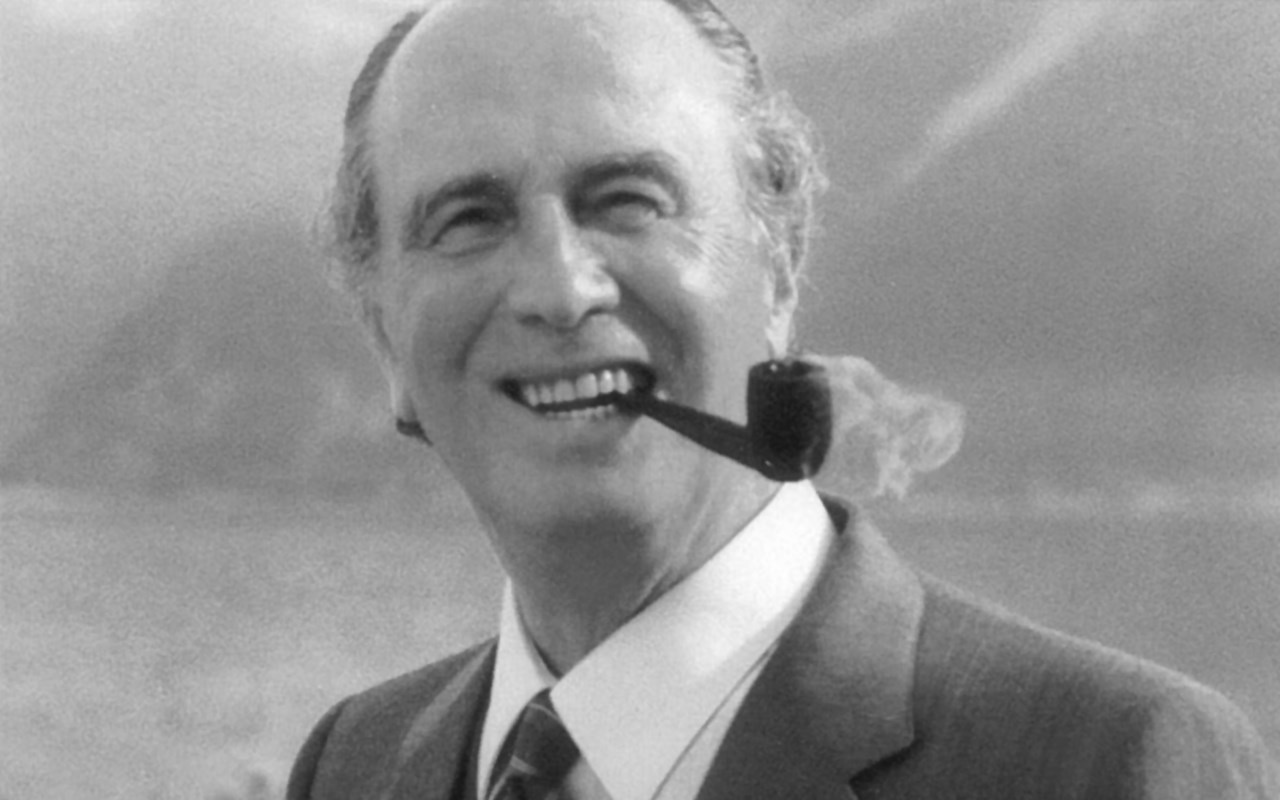ef
Nikolaos Vernikos-Eugenides
1920-2000
‘The noble gentleman who did not talk, but acted.’

Born on the Greek island of Sifnos on 14 April 1920, Nikolaos Vernikos-Eugenides completed his basic education in Piraeus, graduating with distinction for his academic performance.
He studied in the English Literature department of the University of London and after completing his studies started working at the side of Eugene Eugenides, in parallel studying economics at the University of Gothenburg in Sweden.
He spoke three foreign languages (English, French and Swedish) and was early on initiated into the secrets of a company of international stature, since Eugene Eugenides had invited him to join him from the age of 19. At the side of Eugene Eugenides, he received both theoretical and practical training in international commercial and maritime activities. Vernikos-Eugenides took initiatives that further advanced the trade and movement of timber and its derivative commodities between Scandinavian countries and the Middle East, thus gaining the admiration of the various players in a difficult and demanding market.
After Eugenides passed away, as his successor he headed a large network of companies from Vevey, Switzerland. Intelligent and insightful, he would adopt bold strategies, such as the timely withdrawal of Home Lines from the overseas passenger lines just before fierce competition between airplanes and ocean liners broke out.
The impressive ships of this historic company, including the Oceanic (built 1964) and the Homeric (built 1986), after being operated for a while as luxury cruise ships, were sold to the Holland American Line and were later owned by Carnival.
Divestment in ocean liners was followed by the restructuring of the various liner networks belonging to the group’s different companies and their integration into one company, Niver Lines. This was coupled with a turn towards intermodal loading units and more container and reefer (refrigerator-freezer) ships. Nikolaos Vernikos-Eugenides also made pioneering inland investments in Greece, such as in the agricultural production and food-processing field.
In parallel with his business activities, which provided the resources for the operation of the Foundation, after Eugenides’ death he helped Marianthi Simou in the first organizational and operational steps of the Foundation. He assumed the role of running the Foundation in 1981. As head of the Foundation’s Management Committee, he not only continued Marianthi Simou’s work with the same zeal, but expanded its activities into other areas as well.
One of his initiatives was to extend Foundation scholarships to graduates of the National Technical University of Athens for postgraduate studies and to sponsor Hellenic Coast Guard graduates for postgraduate studies abroad.
Nikolaos Vernikos-Eugenides was also responsible for the fundamental renewal and expansion of the Foundation’s premises with his decision to proceed with the planning and design of the new state-of-the-art Planetarium and the Interactive Science and Technology Exhibition, as well as the creation of various halls to host many educational activities and exhibitions.
During Vernikos-Eugenides’ tenure, the Foundation donated five fully equipped specialized vehicles to cover the transportation needs of students with disabilities to the Ministry of Education, allocated complete physics laboratory equipment to 55 lyceums, offered grants for research to professors of the Universities of Ioannina and Patras, donated a ship movement and manoeuvring simulator to the Centre of Further Education for Seafarers [KESEN] and a complete marine radar simulator, organized many teacher training seminars and more.
One of the most important donations that took place during his term as president was the disbursement of 900,000,000 drachmas to cover the necessary repairs to school-building damages caused by the 1999 earthquakes in Attica.
Nikolaos Vernikos-Eugenides died on 7 November 2000, unfortunately without having seen the modern technology and scientific centre he had envisioned to adorn Athens.
Vernikos-Eugenides may justifiably be considered the second creator of the Foundation. Like his predecessor, Marianthi Simou, he believed it was his duty to do the things that he did and never sought publicity or praise. He combined business acumen, creativity and courage with deep cultural cultivation, courtesy and modesty. ‘Silently healing’ were the words that accompanied the prize he was awarded by the Academy of Athens in 1993, exactly for his unadvertised great contributions to scientific, technical and professional education in Greece over many decades.
More information on Nikolaos Vernikos-Eugenides here.
ef


